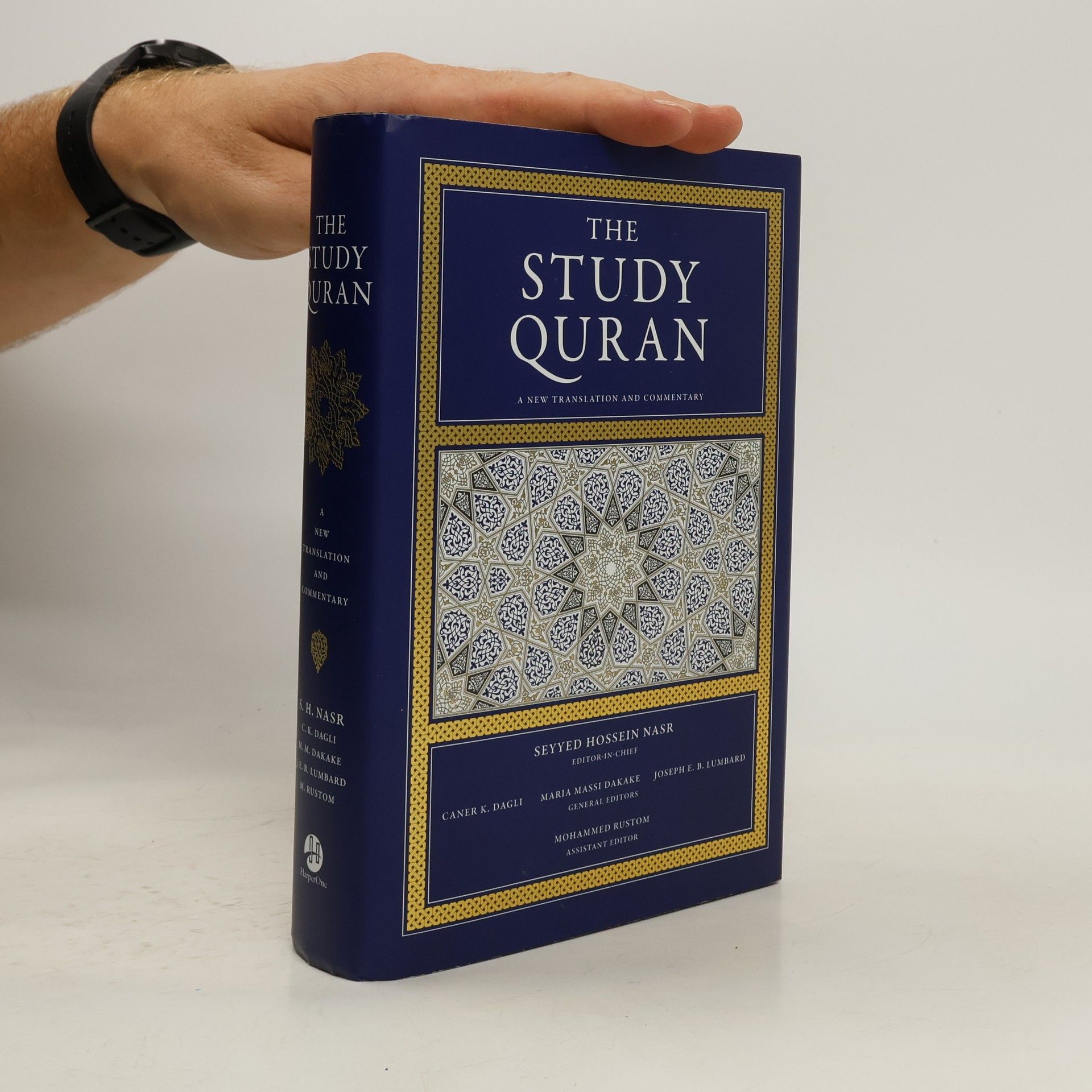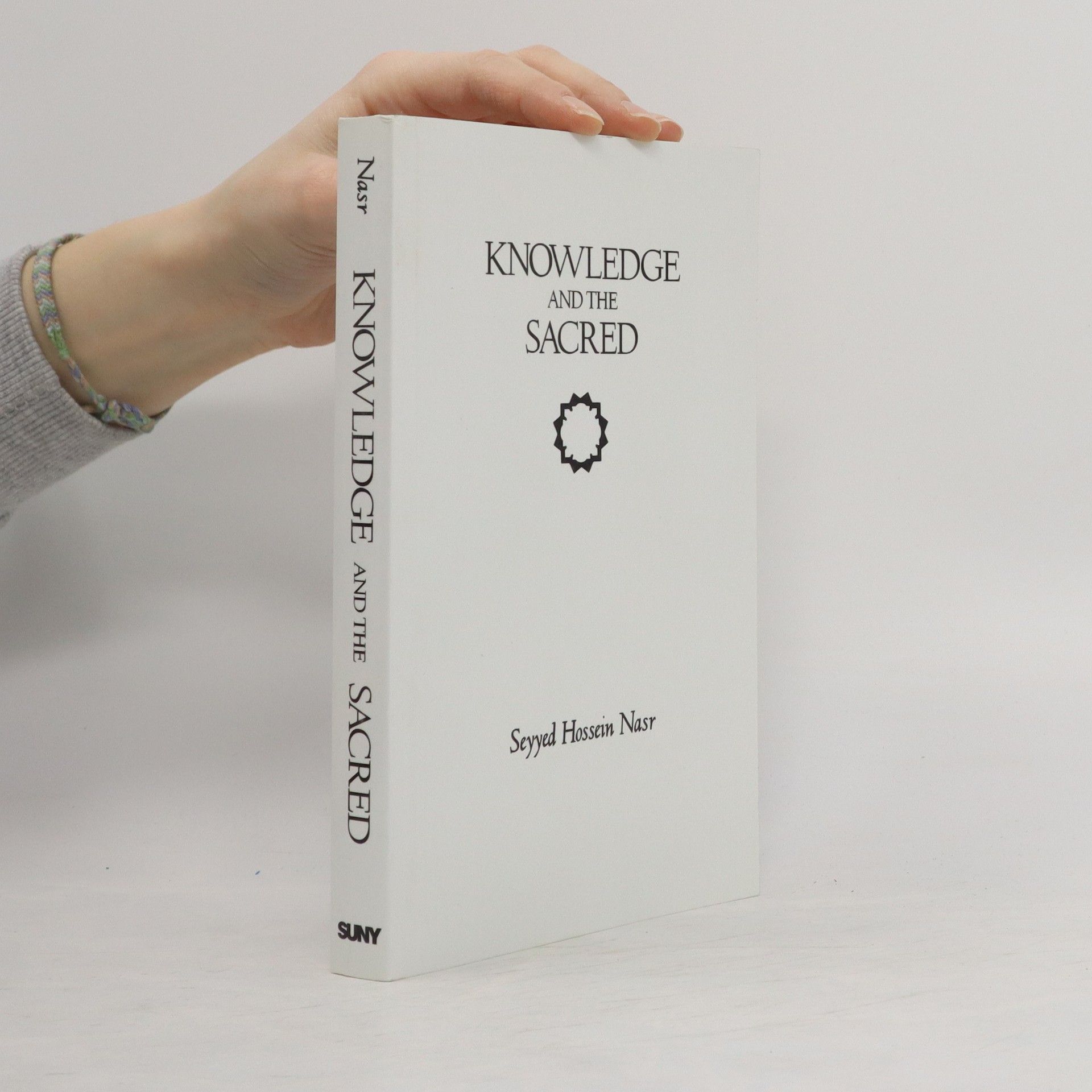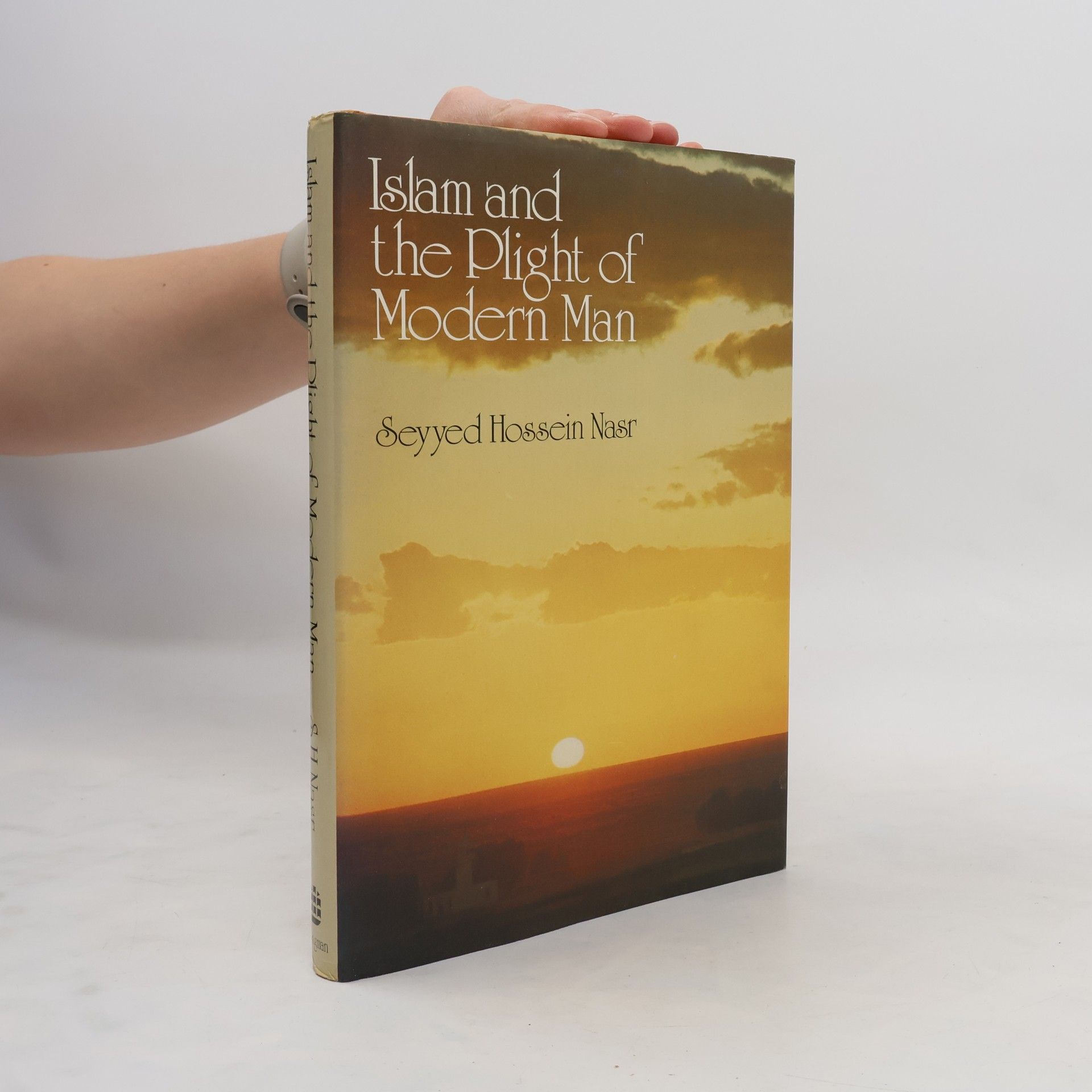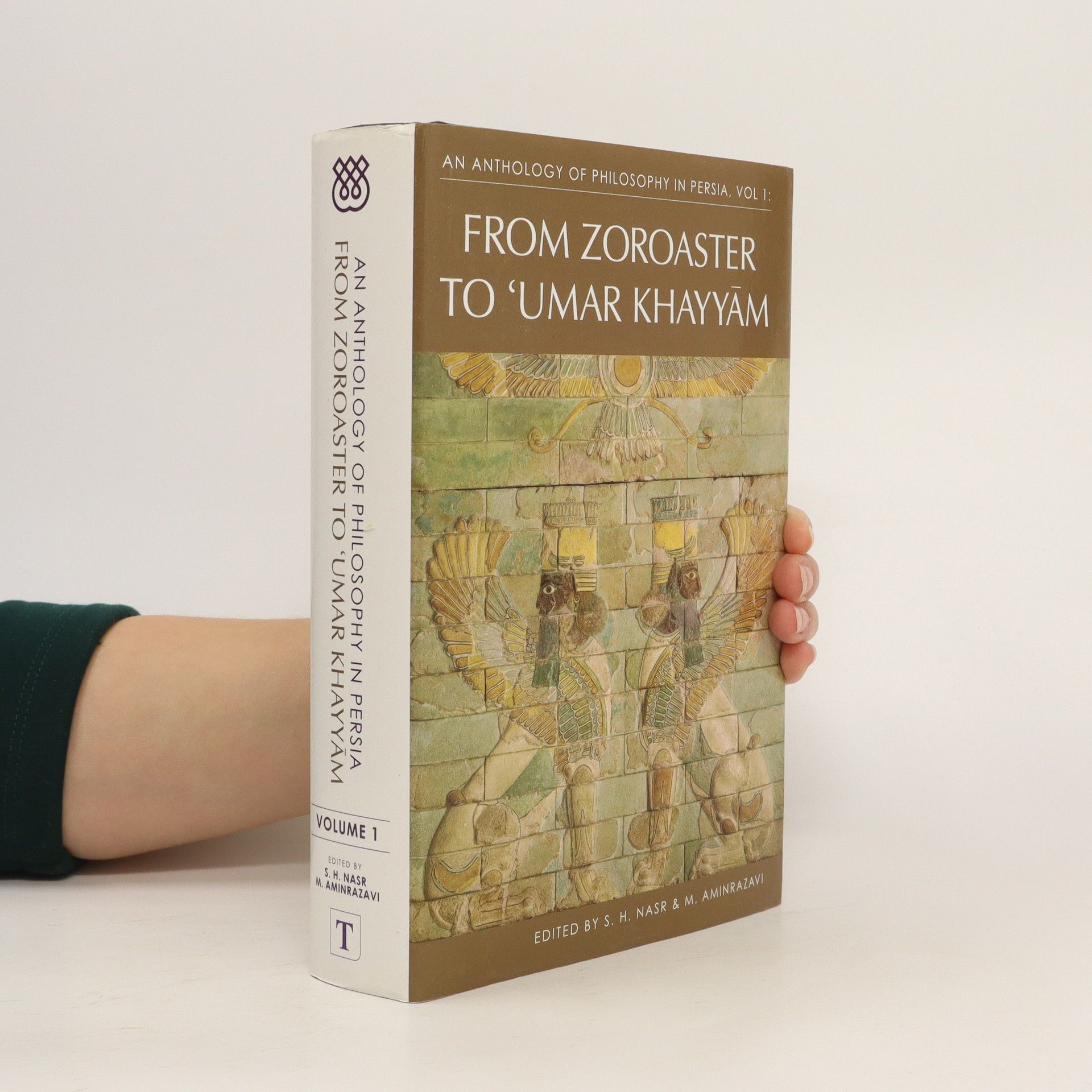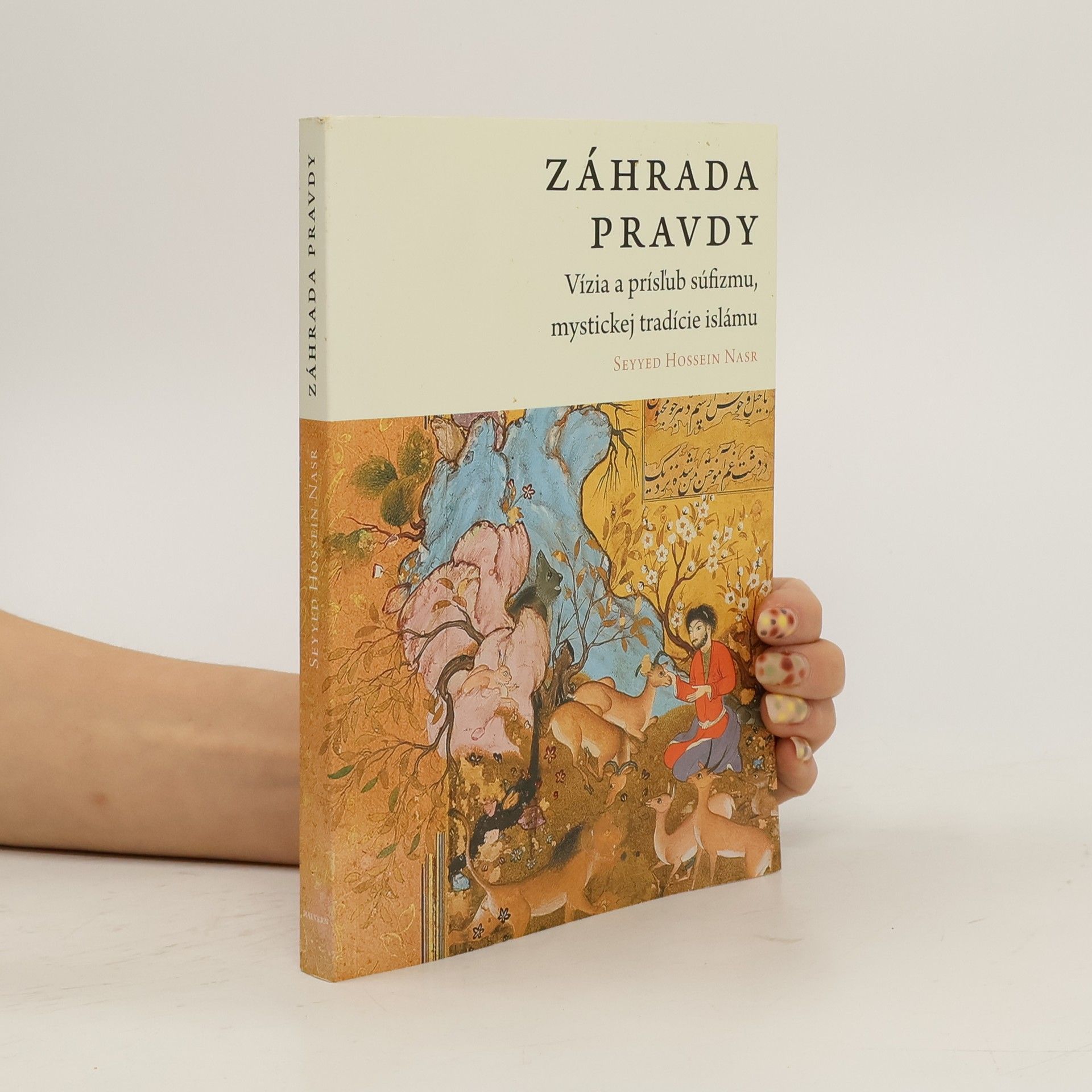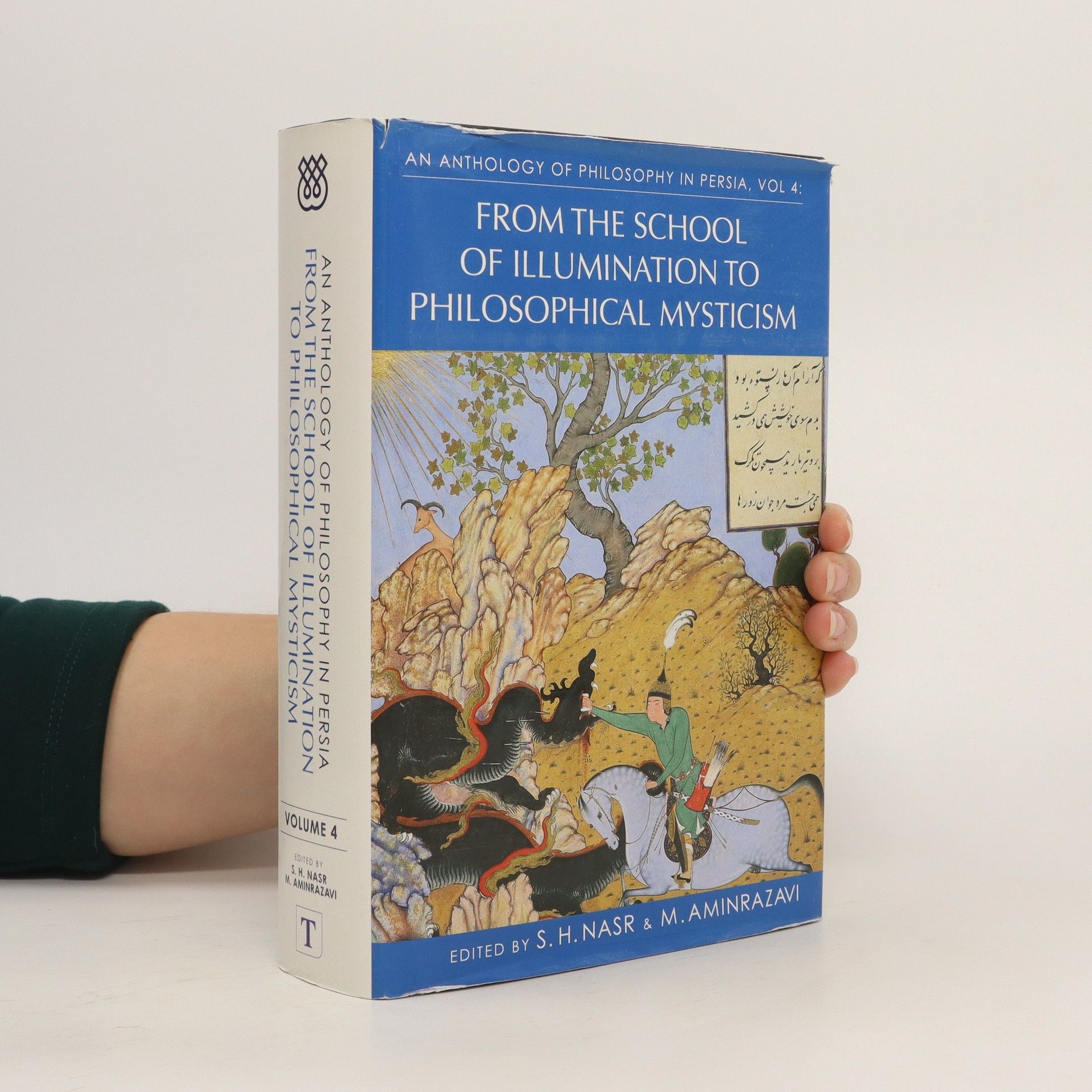Záhrada pravdy: Vízia a prísľub súfizmu, mystickej tradície islámu
- 224 pages
- 8 hours of reading
Posolstvo knihy Záhrada Pravdy prekračuje nielen hranice jazyka akademikov, historikov, religionistov, teológov a filozofov, ale i samotný súfizmus, keďže sa dotýka kľúčových otázok zmyslu existencie človeka. Oslovuje každého jednotlivca na Ceste a nabáda ho, aby sa stal tým, kým v skutočnosti, vo svojej najhlbšej podstate je, a obnovil zmysel pre posvätné vnímanie sveta a prírody. Kniha má preto predpoklad, aby sa na jednej strane stala súčasťou budovania mostu medzi Západom a Východom či medzi islámom a zvyšnými semitskými tradíciami, na strane druhej oporou východiska z nevedomosti, relativizmu, subjektivizmu alebo scientizmu, tak príznačných čŕt moderného sveta, postaveného na ilúzii pokroku. Je návodom pre duchovný život, sprievodcom pre putujúceho, po múdrosti pátrajúceho. Prináša poznanie duchovnej cesty do Záhrady Pravdy. Tá je dláždená cnosťami, pričom sa postupne vyjavuje odkrývaním závojov, ktoré hľadajúcemu bránia vidieť nielen zrakom, ale najmä Intelektom – okom srdca.

